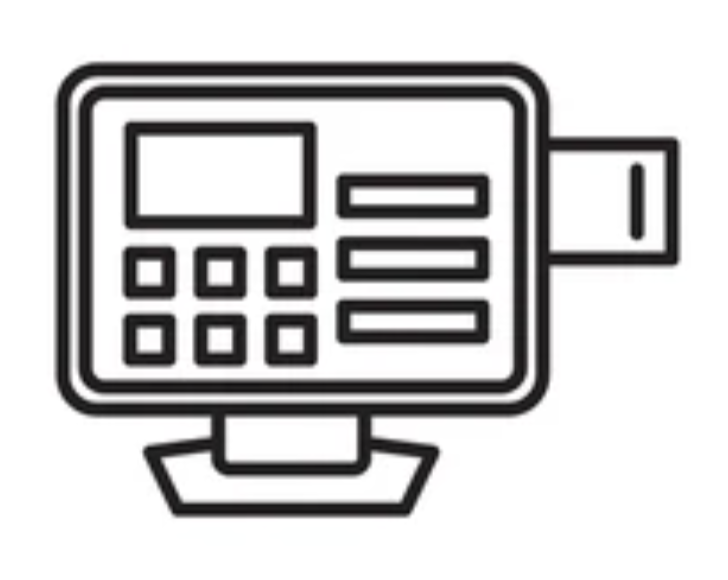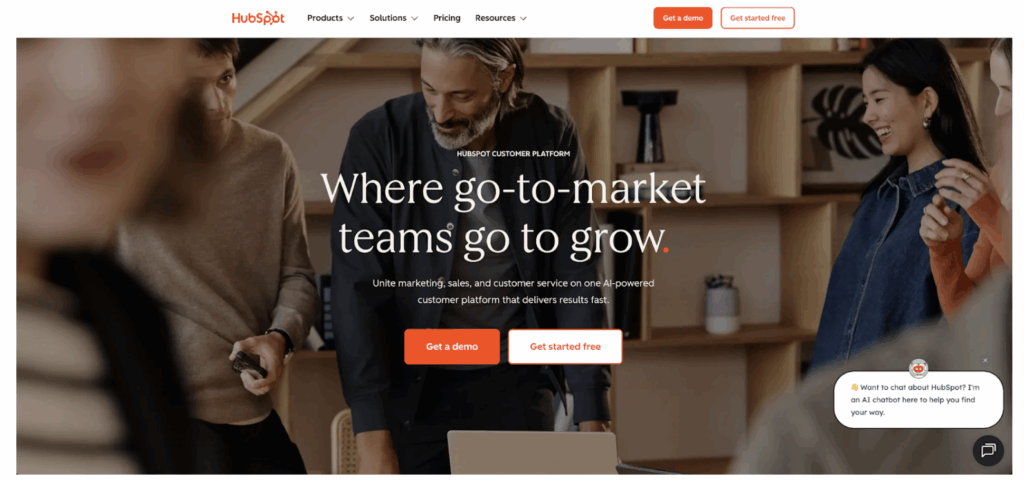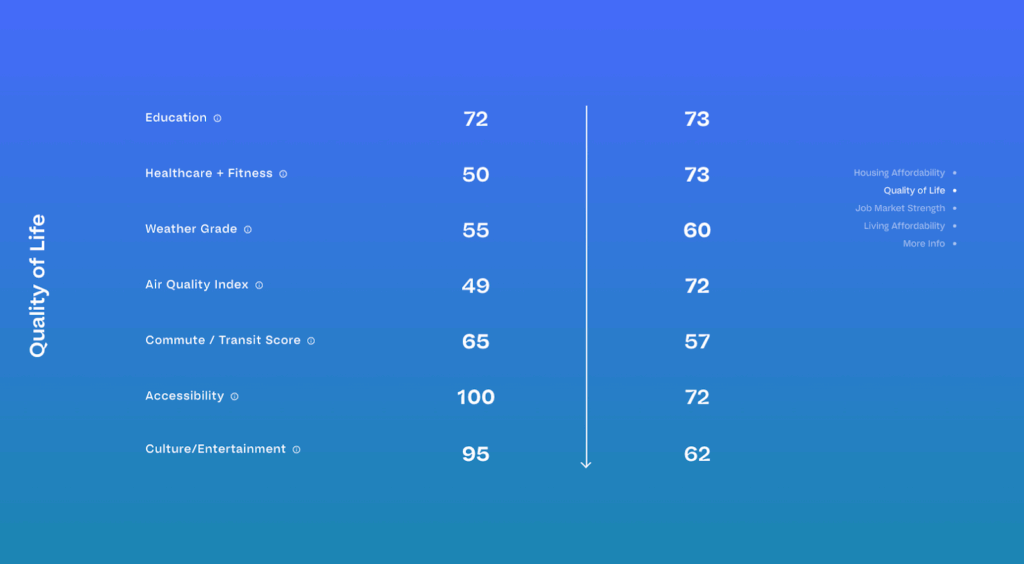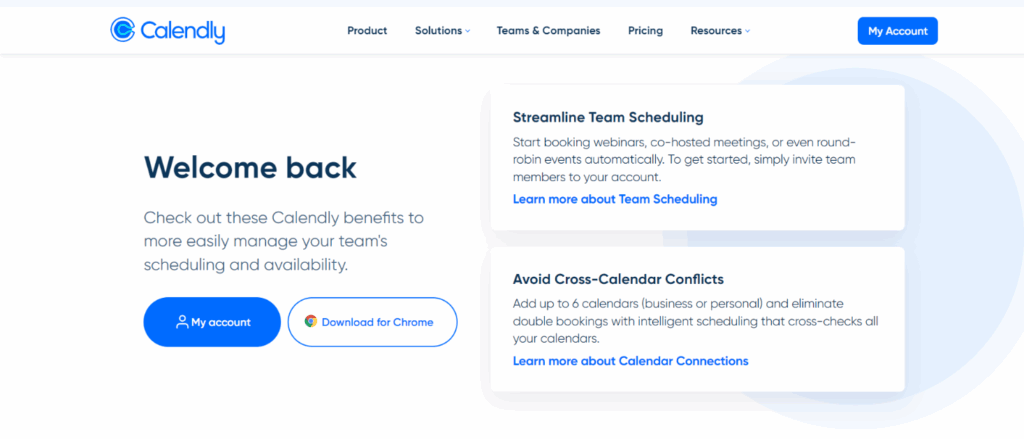1. Email them.
Yes. Starting at the very beginning here. Might think it goes without saying, but we’ve seen 10,000 person email lists sit dormant for years.
Email them what you said you were going to email them when they signed up. Delight them with exclusive content, previews and behind the scenes of the operation.
2. Lookalike Audience:
Meta, Reddit, Spotify, YouTube, Google Search, TikTok, Snapchat, Connected TV (MNTN, VIBE etc): they all make it possible to jump in, add your credit card, upload your email list and they do the hard work of matching your email subscribers with lookalike (demographics, psychographics, buying intent and more).
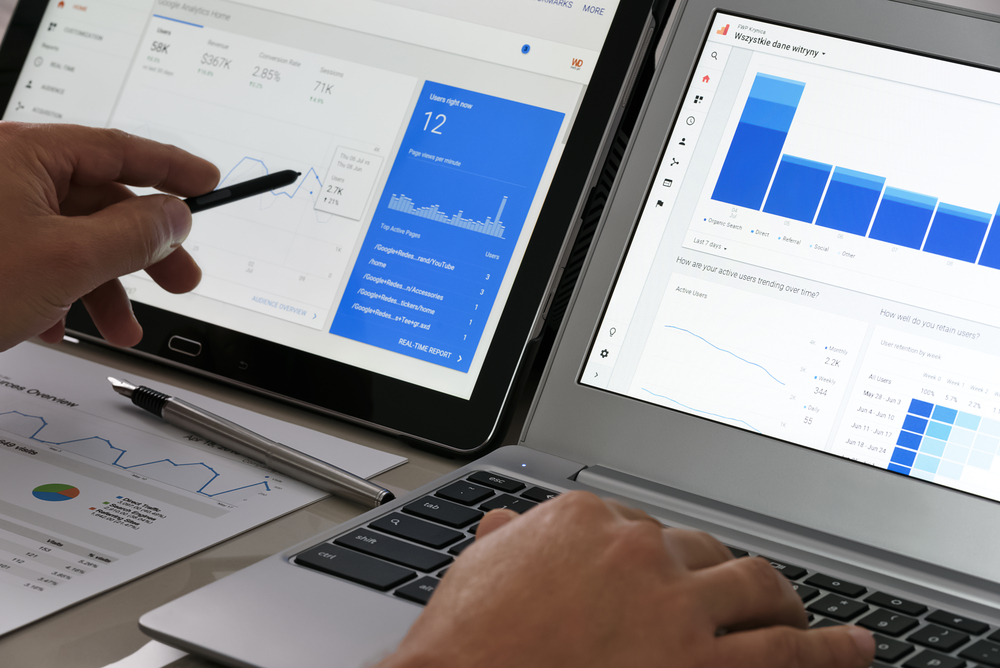
3. Retargeting List:
Retargeting in the digital marketing landscape is certainly not new. But it’s gotten lazy.
With email, your customers have already raised their hand. Add your emails to (see list of platforms directly above). The platforms take your existing emails and match them to users. Now the 10,000 email subscribers you have are also seeing messages about events, programs and videos from your brand. If you’re looking to advertise efficiently, this is the purest center of the bullseye you can get. For bonus points: segment your retargeting lists. Show ads to the students interested in health sciences different from those that have landed on specific pages of your website related to the Forestry program.
4. Tag + Sort: Find the Top 10%
You can likely do this manually by just looking at lifetime earnings. There are tools you can pay money to that also support this (Enrich Labs being One). This is such an important piece of the email puzzle because as we’ve mentioned, not all emails are created equal.
5. See If You Have Any Celebrities / Influencers In The Mix:
You have thousands of emails. There’s a high likelihood someone’s purchased from you, walked through your door (brick and mortar) or is just a fan. Using a tool like influencers.club you can upload your list and they’ll match against a database of influencers (340M profiles) to see if any of your subscribers have a few million Instagram followers. Send ‘em a kickback. This is certainly a more affordable option than trying to partner with them! SparkToro from Rand Fishkin is a solid too to help provide some clarity here.
6. Survey Them: Ask Your Customers What They Want
You’ve got a (somewhat) captive audience. Have questions about your product? A conference room dispute to settle? Umm … has anyone thought to ask the customer?! Survey the customers or just manually email the top 3% of spenders or power users.
7. Surprise The Power Users:
Non profit: your highest donors.
E-Commerce: Your highest revenue customers.
B2B: Your longest tenured subscribers and customers.
Higher Ed: The ones that would register for classes in 2028 if given the chance!
Send them something meaningful. Something fun. Something of value. But anything that shows you value them. Make their brand affinity to you stronger than ever.
8. Traffic On Demand:
Leverage your email list to launch a blog. Start a YouTube series or podcast and Instantly get listens. This is the power an email list delivers. You instantly have a built in megaphone for your next project.
9. Test Language and Offers:
With enough emails, you can AB test different offers to see which one has the higher response rate. For example, want to test out tiered pricing and your audiences receptiveness: send one email to 50% of your list and another to the other 50%: which one had more purchases?
10. Personalize:
Personalize the list based on location (for higher ed this would be sending different emails to out of staters than in-staters). Personalize based on interest (whattup tags and personalizing websites based on location!)
11. Tag Users as they Enter The List:
This is a big on … and often overlooked. When we run Meta lead ads, we tag users based on their interest category. If we’re targeting healthcare with our ads, any lead through that ad-set is tagged as healthcare. Same applies to higher ed marketing and small business.
12. Simple “Reply to This Email” Language:
Sure, it’s tempting to hire a design team and build a beautiful email marketing template. But resist the urge. Plain text email can outperform highly designed, and just feel more human in a world where AI generated email templates can be, well, AI generated. At the end of the email, simply say “reply here, I respond to every email!” and you’ll be surprised how many replies you get.
13. Having Options is a Superpower: You Could Just Wait (While Your List Grows)
One thing you can do with your email is just let it cook. I know, if you made it this far and aren’t excited about leveraging the power of this incredible marketing asset, I’m not sure how good of a persuader we are: but having a robust email list that sits dormant is a billion times better than not having one at all. Transparently, there have been long stretches in Pintler Group’s tenure where our own email goes unused. But it is always growing. Having the option to turn the faucet on is extremely helpful.
Below: we made this video in 2022: and it’s still highly relevant today. Another example of how durable email marketing truly is.
14. Set up Automations (Responsibly)
We’ve seen the flood gates open on HubSpot workflows, Mailchimp sequences, Salesforce comm-flows and whatever else CRM + email marketing software is calling sending email time released. This could and should be a separate article entirely, but for now, we’ll say this is a great strategy to keep your users engaged and reminded of your brand, so long as the content you’re sending is of value.
15. Get Users To Your Website:
Sure, a 4-5% click rate is considered good. Which sounds bad. BUT, compare that to tiny percentages of click-through-rates for display ads, programmatic ads (like .01% CTR) it’s pretty good. Our team recently has been putting together sample reporting templates, and including them (free of charge) to share with our email list. Click rates have been reaching double digits easily.
There you have it. We’ve included our custom Executive Marketing dashboard below and made it incredibly simple to duplicate and add your own data sources! Try it out below.

